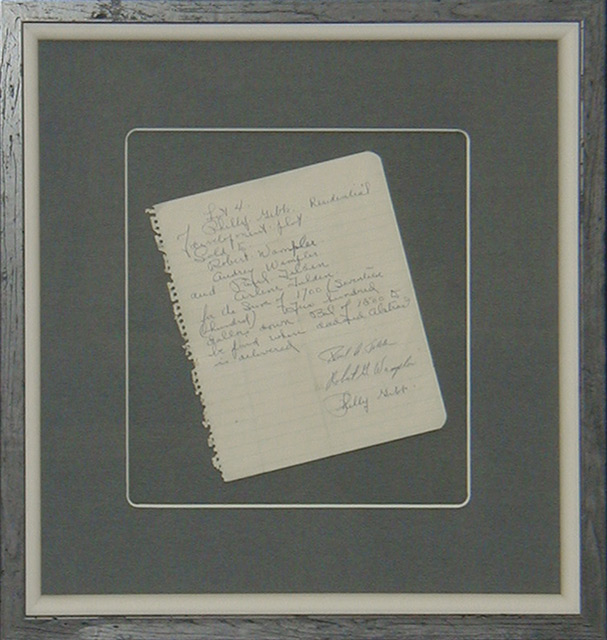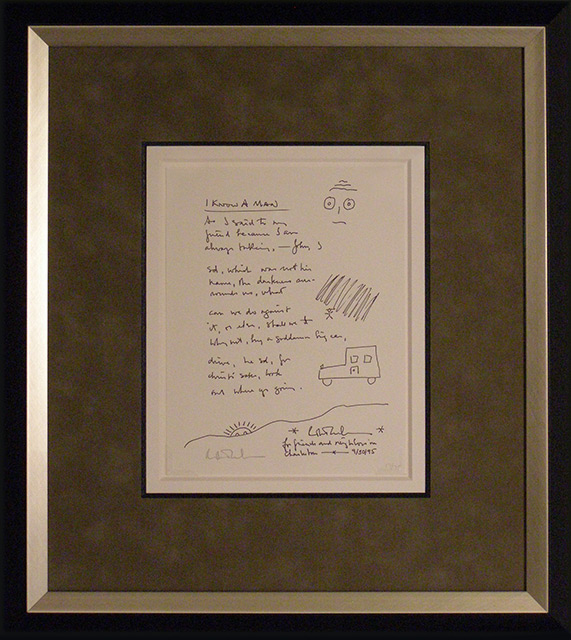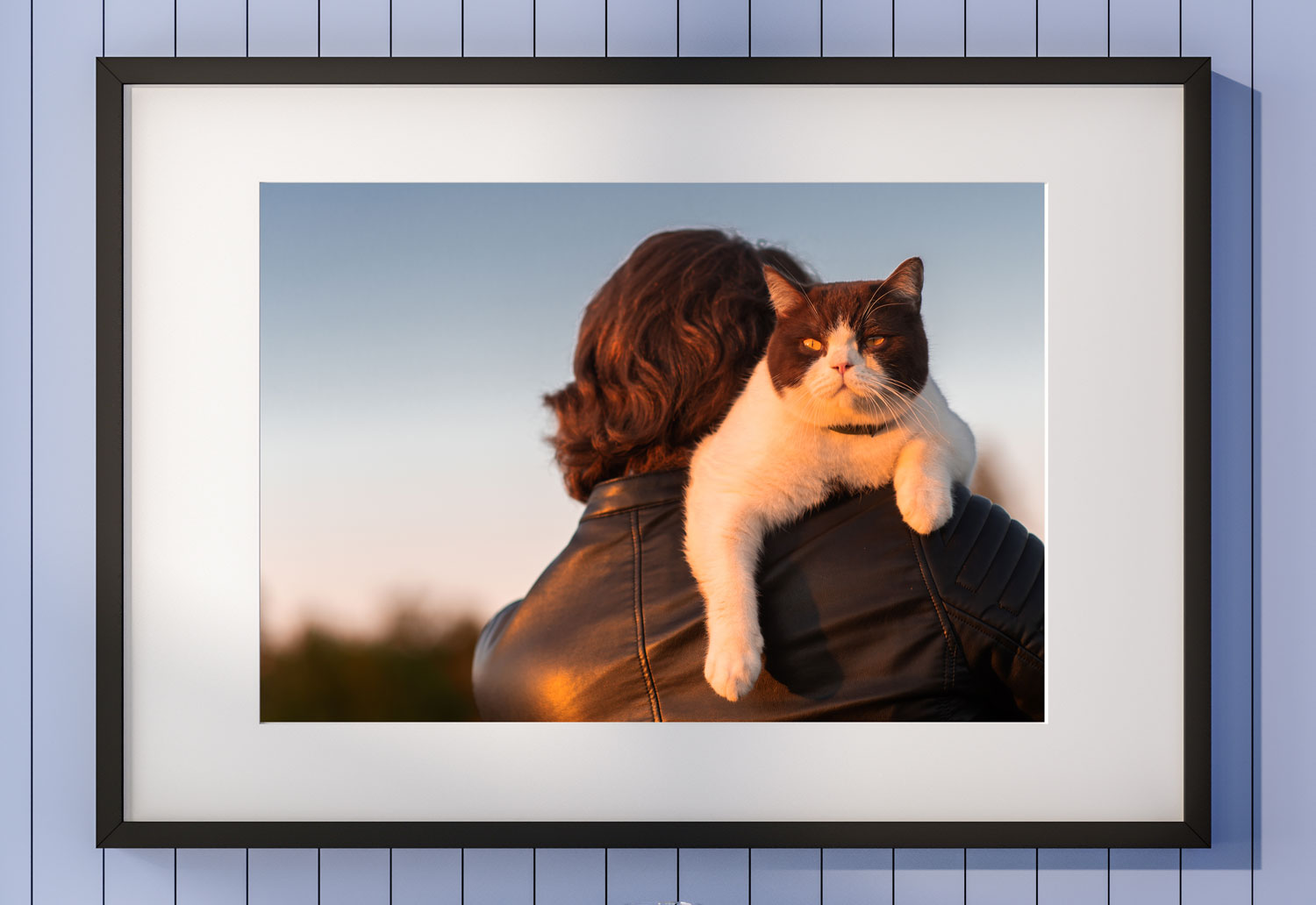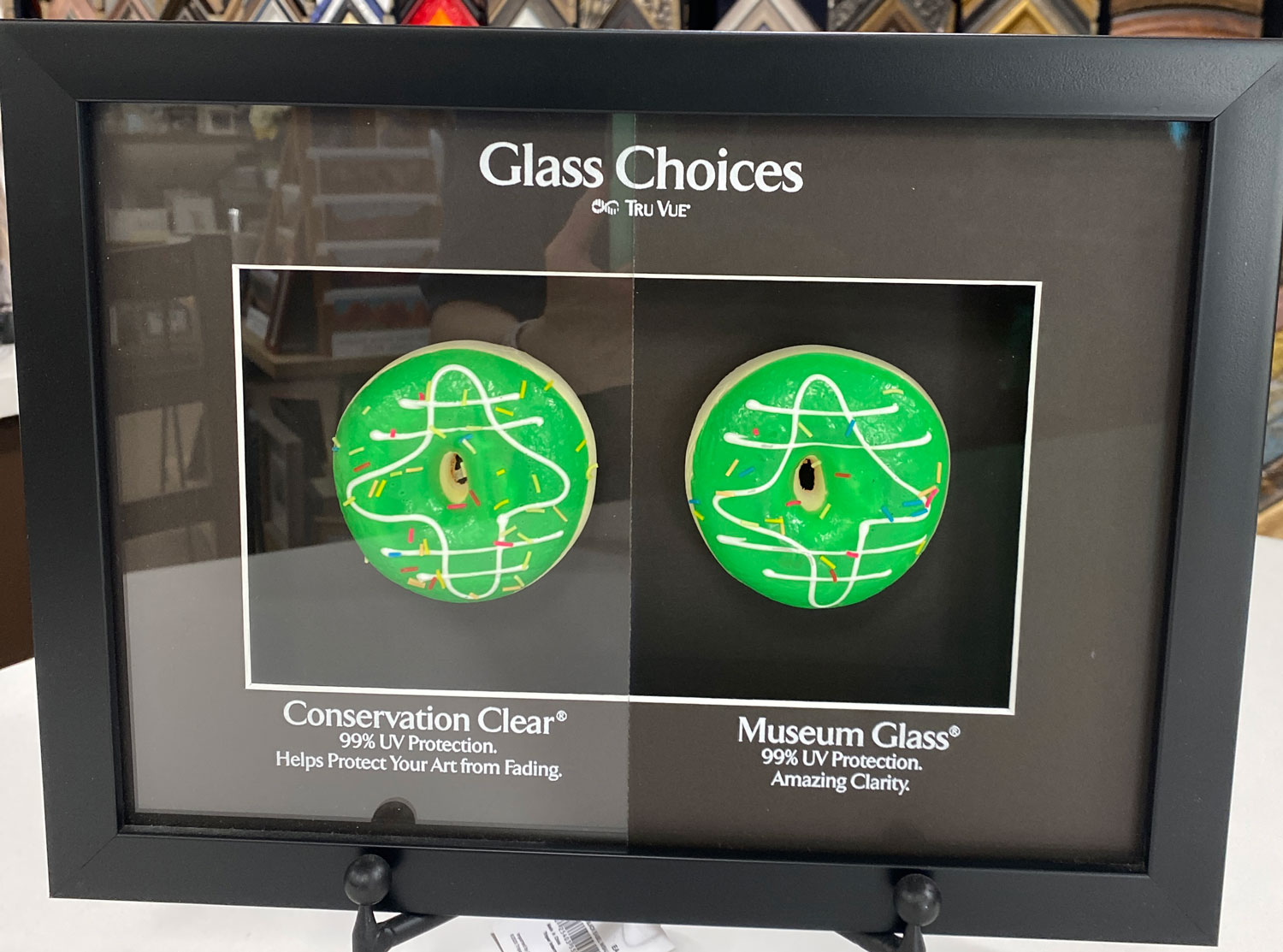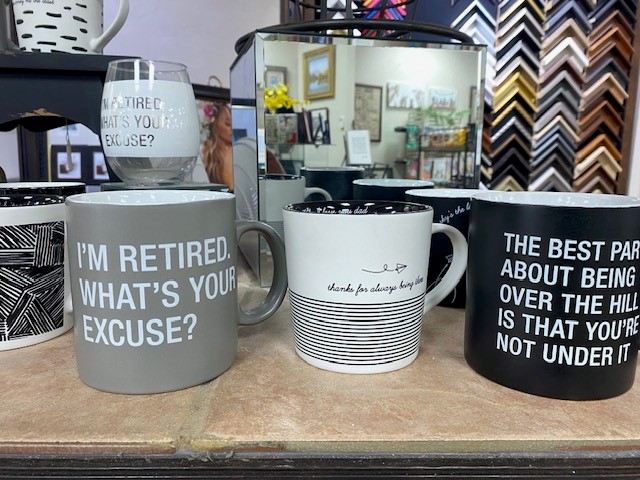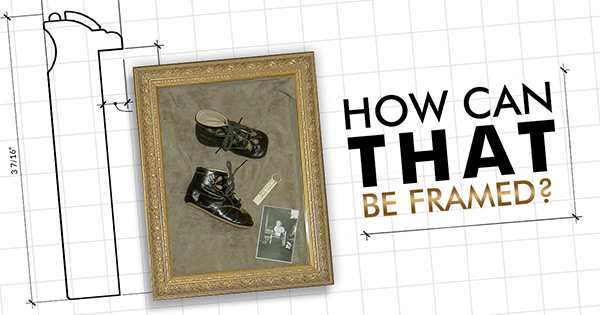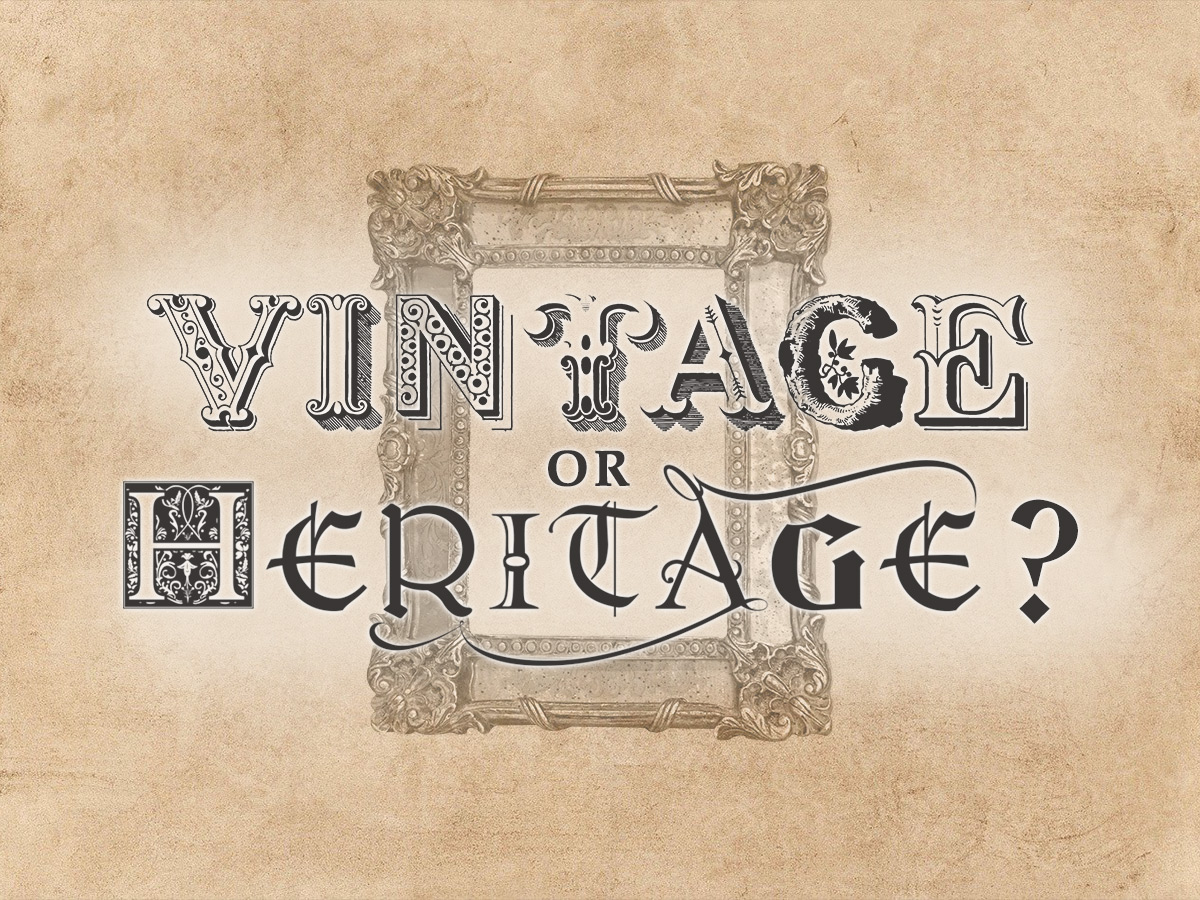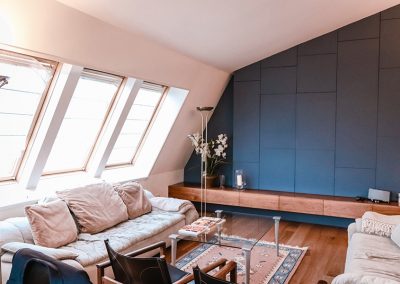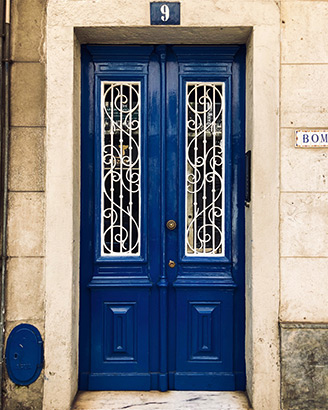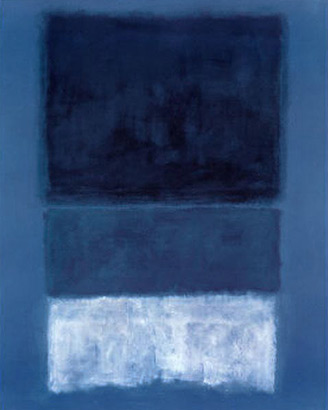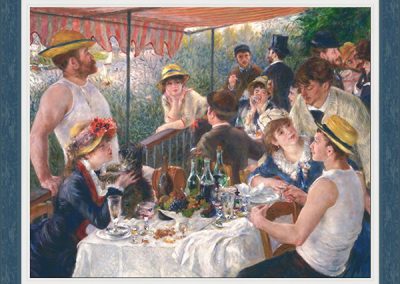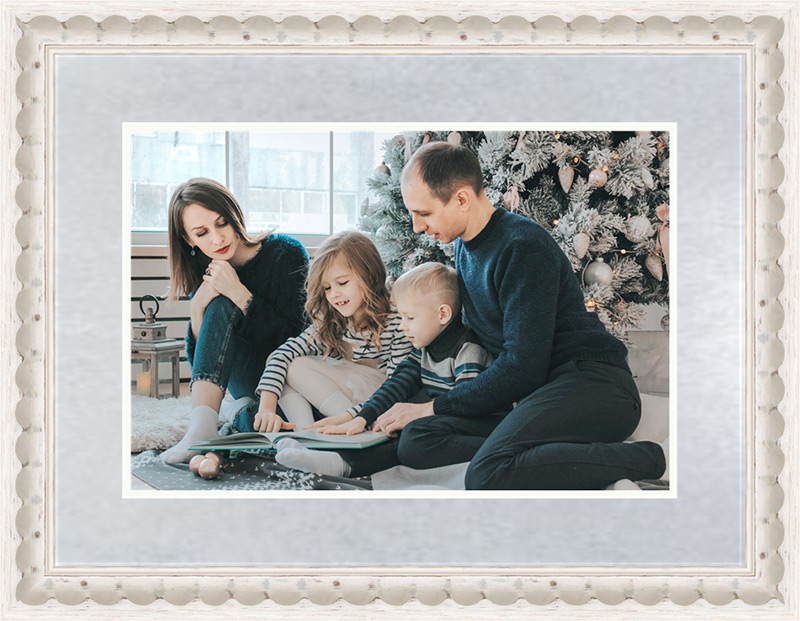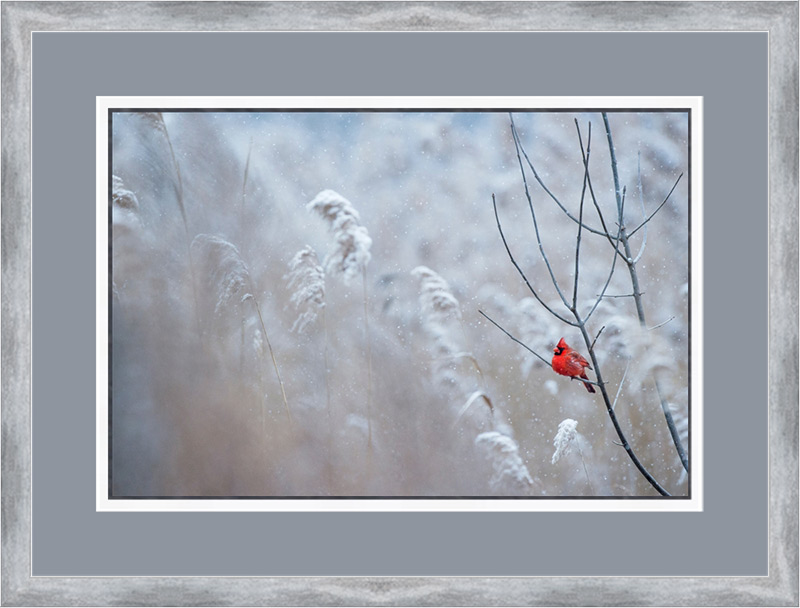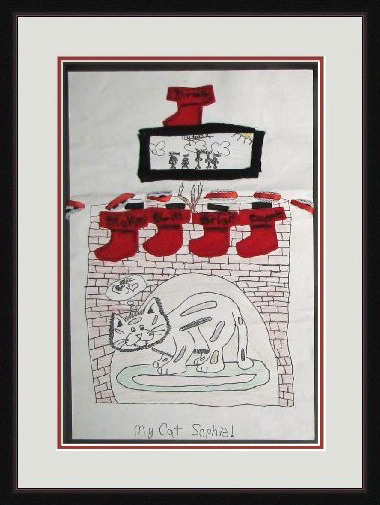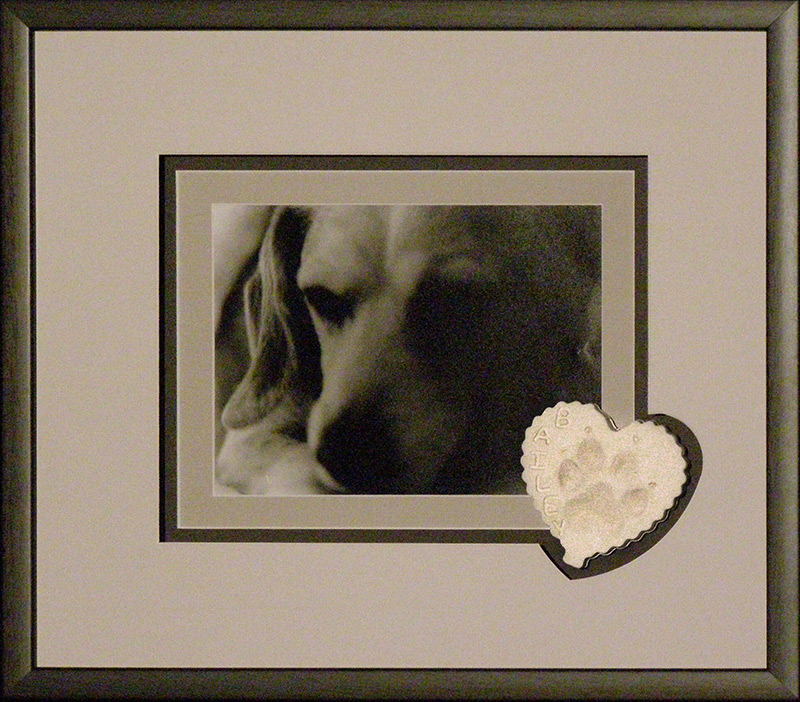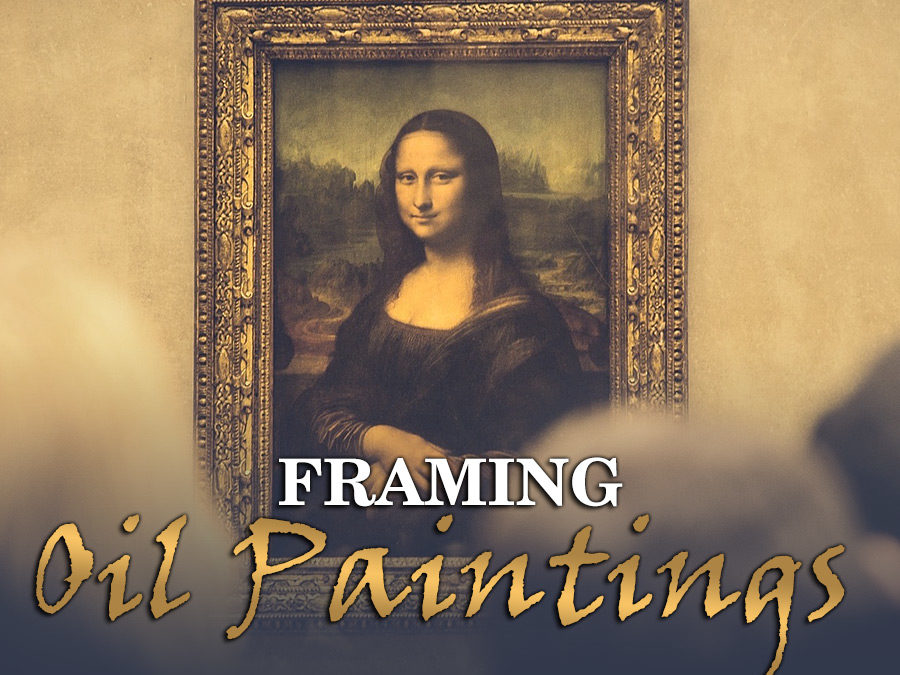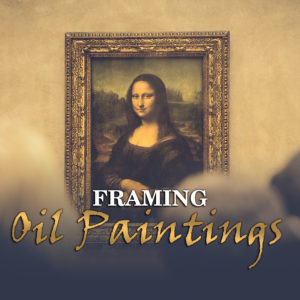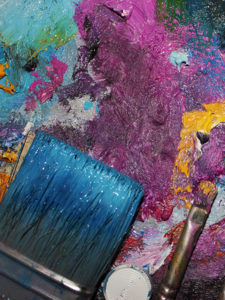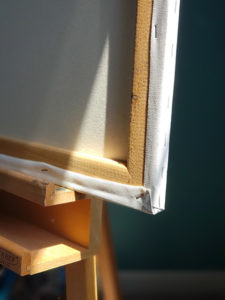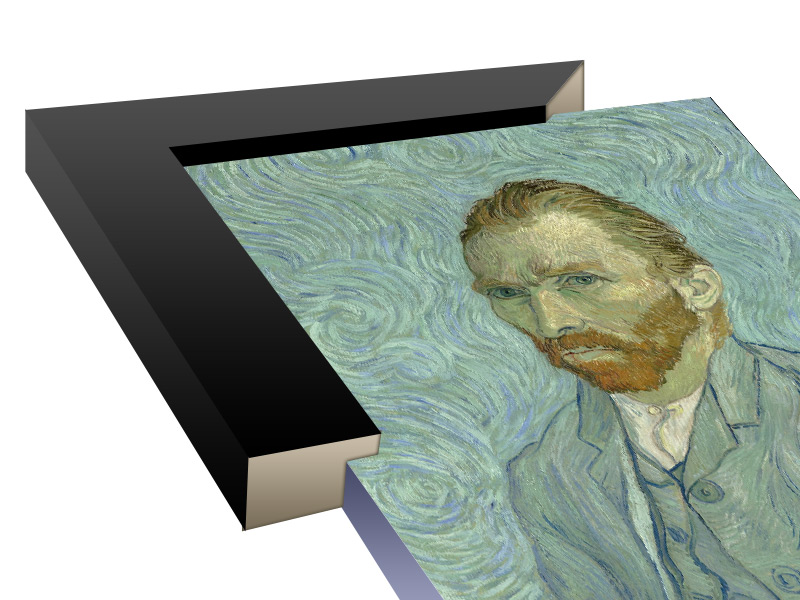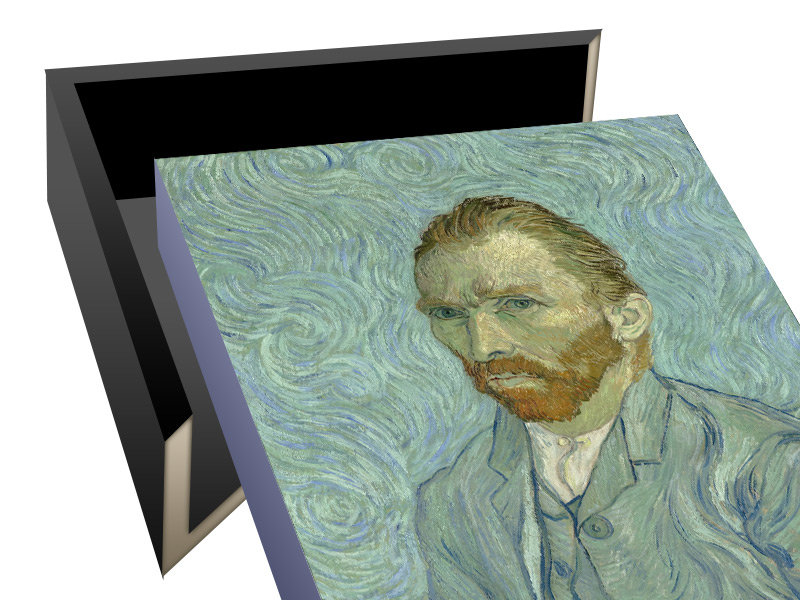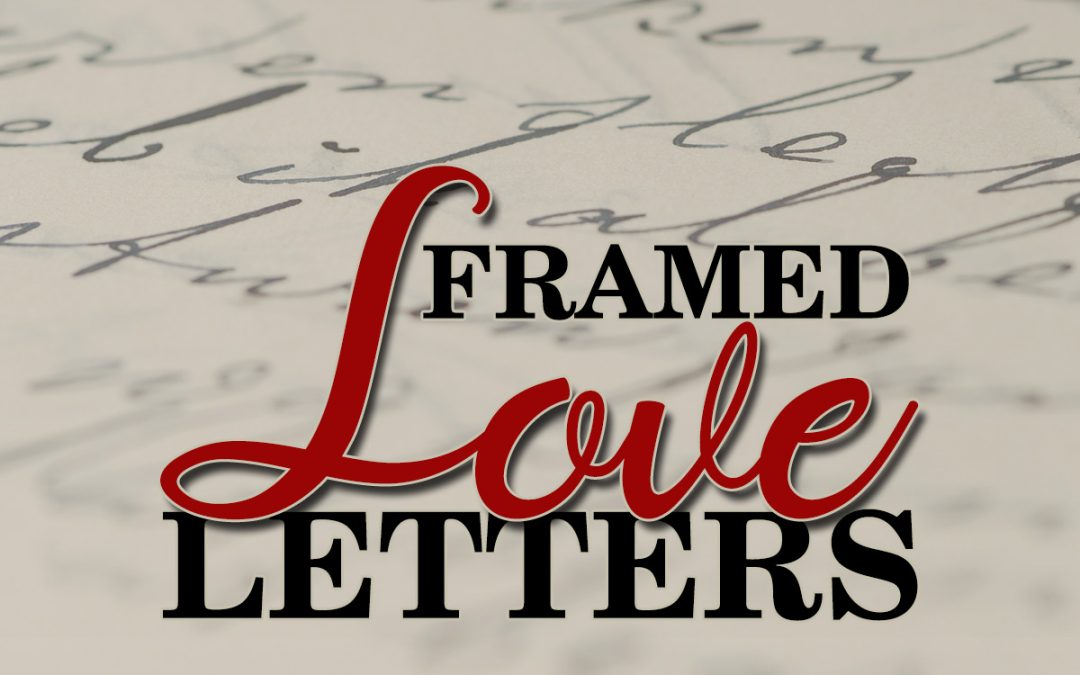
Framed letters and poems make wonderful gifts
Framed letters and poems make wonderful gifts
Framed letters as a gift of love
February is the month of love. And it’s also the time for Valentine’s Day and the hunt for that special gift. Are you looking for something original to give your spouse, something more personal than chocolate or a stuffed animal? Have you considered framed letters? If you have any saved love letters, we can help you frame it so that it will be preserved and something beautiful you can hang in your home. FOr maybe you have something from an ancestor that you would love to display, like an old letter or an antique postcard from your grandparents. How about the touching poem your husband wrote for you in college?
When it comes to framing and preserving old letters and documents, we have so many options for you to choose from. Framed letters and mementos make a touching and one-of-a-kind gift that will be remembered for years.

Custom framed letters and handwritten notes make memories last
In this fast-moving technical world, is there anything more valuable than a handwritten note? Writing letters is a lost art – emails and texts are easier but far less personal. There is something romantic and beautiful about old-fashioned penmanship, vintage postcards, and the stories they tell. Whether it’s a love letter from your significant other, a scribbled note a friend left on your desk, or a postcard from around the world, framing can help you make those memories last. Let us help you create some beautiful framed letters!
Grandpa’s Love Letters
Did your Grandpa send love letters to your Grandma while he was in the military? Now that they are gone, those letters are even more precious. It gives you a glimpse into their relationship and personality. Displaying their framed letters keeps them present.
Golden History
Framed letters and historical documents can be valuable antiques. Honor these antiquities and preserve them for generations to come. Adorn them in gold! This is the perfect time to use fanciful, ornate frames.
The Romance of Travel
Postcards make excellent framed displays! Whether it’s a vintage postcard from a relative, or a souvenir from your friend’s vacation, add a picture or two to complete the story.
Precious Words
What a wonderful moment when your dear friend surprised you with this poem, complete with illustrations. You’ve got to frame that!
Lot For Sale
Back in the day, a handwritten bill of sale was all you needed. They were simpler times! You won’t see that again. Frame these glimpses into yesteryear.
Just for Fun
Frame a stack of the letters in their envelopes. Keep people guessing what was written. A shadowbox frame can display these beautifully.
Tip: Most letters, postcards or recipe cards are written edge to edge. Try float mounting it – place it on top of the mat rather than cutting an opening in the mat. That way you don’t lose a single word.
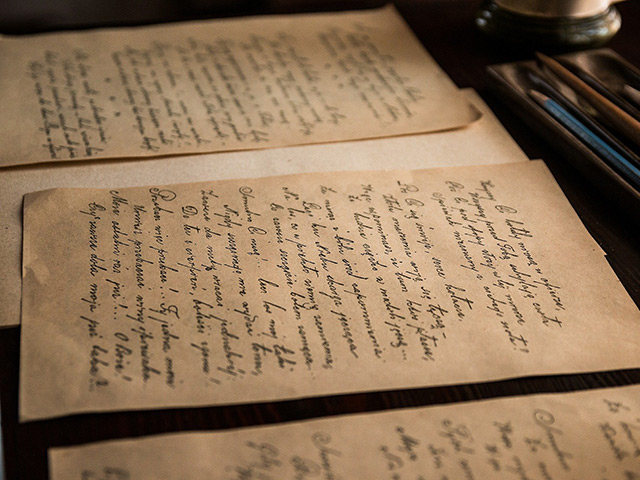

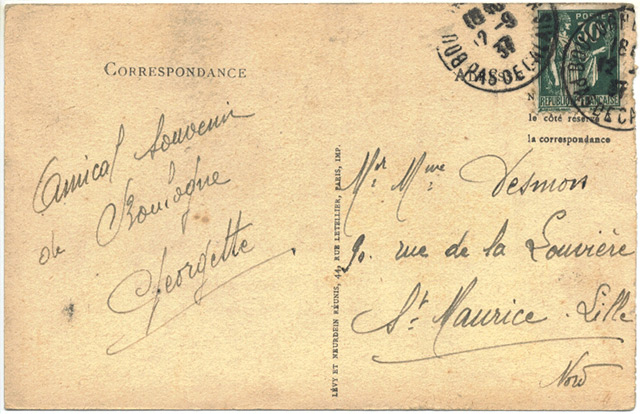
Additional ideas for framed letters
- Should I order my framed letters online?
‘Mail-it-in’ online framing services are tempting, but do you really want to snail-mail your cherished item and hope it arrives in the same condition as when it left you? Bring your valuable piece to us – we can help you find the best framing design and we’ll keep it under our watchful eye the whole time. We can also work with you in person and show you not only the framing materials you can choose from, but also different types of glass and archival mats to finish the piece and protect it. - Museum Glass
If you’ve used Museum glass, you know how wonderful it is. If you haven’t yet, now is the time to try it! Museum glass will provide amazing clarity while protecting these valuable mementos from UV rays and fading. And with framed letters, they will be so much easier to read. - 100% cotton rag mats
For the ultimate in protection, use ‘Rag’ or 100% cotton mats. Cotton is as pure as it gets, so that your great grandchildren can read these letters. The bonus is they often have soft colors which are perfect for vintage items. They are also the environmentally friendly choice for your framed letters.
